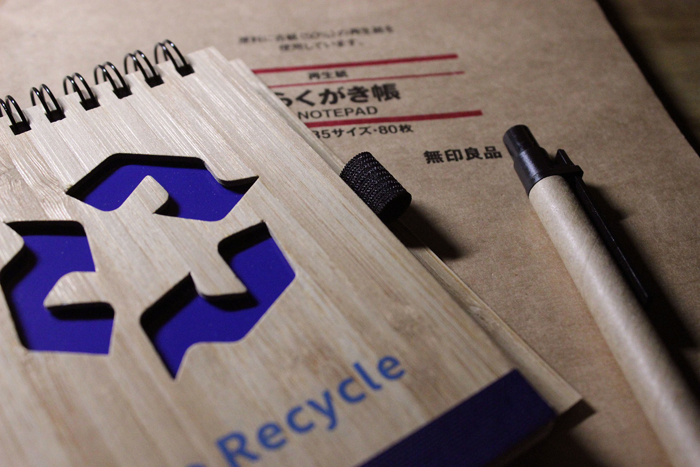The Eco-Friendly Home & Family: A Realistic Guide
Simple steps for greener living—without the overwhelm
Going green is very much in vogue, but let’s be honest: transforming your home into an eco-haven while getting your family or housemates involved can feel like a massive undertaking. The internet is full of eco-living guides, yet many are impractical or unrealistic for busy households. Most people don’t have the time, budget, or headspace to install solar panels or commute by bus daily.
That’s why we’ve created a realistic, step-by-step guide to help you make sustainable changes at home—without the stress. From easy wins to bigger commitments, here’s how to make your home and family more eco-conscious, one step at a time.
Step 1: Love the Earth
Before you change your lifestyle, take a moment to connect with nature. You’re far more likely to embrace sustainability at home if you recognise the beauty worth protecting outdoors. Once a month, take the family on a countryside walk, explore a woodland trail, or visit a local coastal spot.
Bring nature indoors with eco-friendly home touches like:
-
Bamboo screens or blinds
-
Recycled glass or ceramic dishware
-
Wool throws and blankets
-
Wooden candle holders
-
A rotating MOVA Globe inspired by Earth’s natural motion
These small additions help set a mindful tone in your home and create a calming, Earth-conscious atmosphere.
Step 2: Host a Green-Inspired Gathering

Getting the whole household on board is key—and what better way to kick things off than with an eco-themed get-together?
What to prepare:
-
Energy-saving LED or CFL bulbs
-
Spider plants or other houseplants
-
A few power-saving plug strips
-
Items for donation (clothing, books, etc.)
Open the blinds to let natural light in and gather your group. Replace light bulbs together, scatter plants around the home, set up energy-saving power strips, and let guests pick through any giveaway items before you donate the rest.

Why this works:
-
LED/CFL bulbs reduce energy use by up to 66%
-
Indoor plants help filter air pollutants
-
Power strips prevent unnecessary energy drain
-
Natural light can save 10% on lighting bills
-
Body heat from guests keeps things cosy without turning up the heating
A green party is not only practical—it’s fun and fosters shared responsibility.
Step 3: Conduct a Home Energy Check
You don’t need expensive equipment to reduce your energy footprint—just a keen eye and a bit of teamwork.
🔍 Key checks to make:
-
Ensure your fridge is at least 3 inches from the wall and not in direct sunlight.
-
Fix leaky taps and toilets (they can waste thousands of litres per month).
-
Set your washing machine to 30°C to cut energy use by up to 40%.
-
Draught-proof windows and doors with sealant or tape.

Step 4: Live by the Three R’s – Reduce, Reuse, Recycle
Build green thinking into your family culture by assigning teams to each “R” and creating fun rules or goals to stick to.
♻️ Reduce:
-
Turn off the tap while brushing your teeth
-
Shave using a cup of water
-
Alternate driving duties with one designated car each week
-
Only wash full laundry loads
-
Air dry clothing
-
Use your oven for multiple dishes at once
-
Buy eco-friendly, concentrated or natural products (e.g. white vinegar for cleaning)
♻️ Reuse:
-
Swap paper towels for cloth napkins
-
Use glass containers for food storage
-
Carry a reusable bottle instead of buying bottled water

♻️ Recycle & Compost:
Sort waste into:
-
General waste
-
Batteries
-
Recyclables (paper, glass, plastic)
-
Compost (fruit, veg, coffee grounds—but skip meat or dairy)
-
A ‘donation’ box for secondhand items to pass on or give away

Step 5: Tackle Bigger Green Goals
Once the small wins become habit, you’ll feel ready to take on bigger eco challenges.
🏡 Consider:
-
Investing in Energy Star-rated appliances (or UK equivalents like A+++ energy labels)
-
Installing low-flow showerheads and dual flush toilets
-
Landscaping with native plants that need less water
-
Exploring solar battery storage options
-
Buying locally grown, organic food
These changes take more planning but have long-term benefits for both the environment and your household budget.
Final Thoughts: Start Small, Grow Big
Even if you only make it through step three, you’re making a meaningful difference. A sustainable lifestyle doesn’t have to be expensive or all-consuming—it can be fun, cost-effective, and truly empowering for everyone in the household.
So before you volunteer at a public eco-clean-up, start by volunteering at home. What you do inside your home today can ripple out into the wider world tomorrow.


